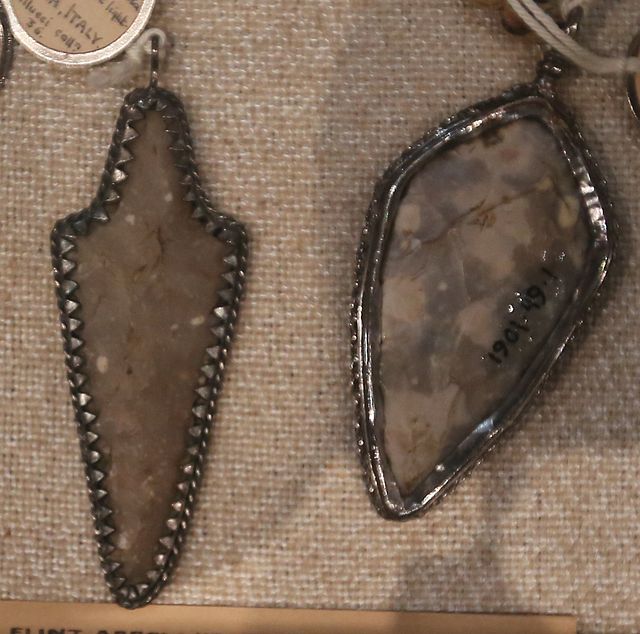In J. R. R. Tolkien's legendarium, Lothlórien or Lórien is the fairest realm of the Elves remaining in Middle-earth during the Third Age. It is ruled by Galadriel and Celeborn from their city of tree-houses at Caras Galadhon. The wood-elves of the realm are known as Galadhrim.
Light against darkness: Haldir's description of how Lothlórien opposes Mordor echoes John's Gospel. St John the Evangelist by Domenichino, c. 1626
Earthly Paradise: Lothlórien has been compared to the place dreamed of in the Middle English poem Pearl. Miniature from Cotton Nero A.x shows the Dreamer on the other side of the stream from the Pearl-maiden.
Cerin Amroth, a grassy mound surrounded by two circles of trees, has been compared to the Motte of Warwick Castle, known as Ethelfleda's Mound (pictured), where a young Tolkien went with his future wife Edith Bratt.
Lothlórien's appearance in The Lord of the Rings film trilogy was based on Alan Lee's artwork.
In J. R. R. Tolkien's writings, Elves are the first fictional race to appear in Middle-earth. Unlike Men and Dwarves, Elves are immortal, though they can be killed in battle. If so, their souls go to the Halls of Mandos in Aman. After a long life in Middle-earth, Elves yearn for the Earthly Paradise of Valinor, and can sail there from the Grey Havens. They feature in The Hobbit and The Lord of the Rings. Their history is described in detail in The Silmarillion.
Victorian era Fairy painting: Edwin Landseer, Scene from A Midsummer Night's Dream. Titania and Bottom, 1851
Beowulf's eotenas [ond] ylfe [ond] orcneas, "ogres [and] elves [and] devil-corpses", inspiring Tolkien to create orcs, elves, and other races
Elf-shot, associated with "elf arrows", neolithic flint arrowheads sometimes used as amulets, was one of the hints Tolkien used to create his Elves.
Wood elves as portrayed in the 1977 Rankin-Bass version of The Hobbit look nothing like those in any other adaptation.






![Beowulf's eotenas [ond] ylfe [ond] orcneas, "ogres [and] elves [and] devil-corpses", inspiring Tolkien to create orcs, elves, and other races](https://upload.wikimedia.org/wikipedia/commons/thumb/c/cd/Beowulf_eotenas_ylfe_orcneas.jpg/640px-Beowulf_eotenas_ylfe_orcneas.jpg)

